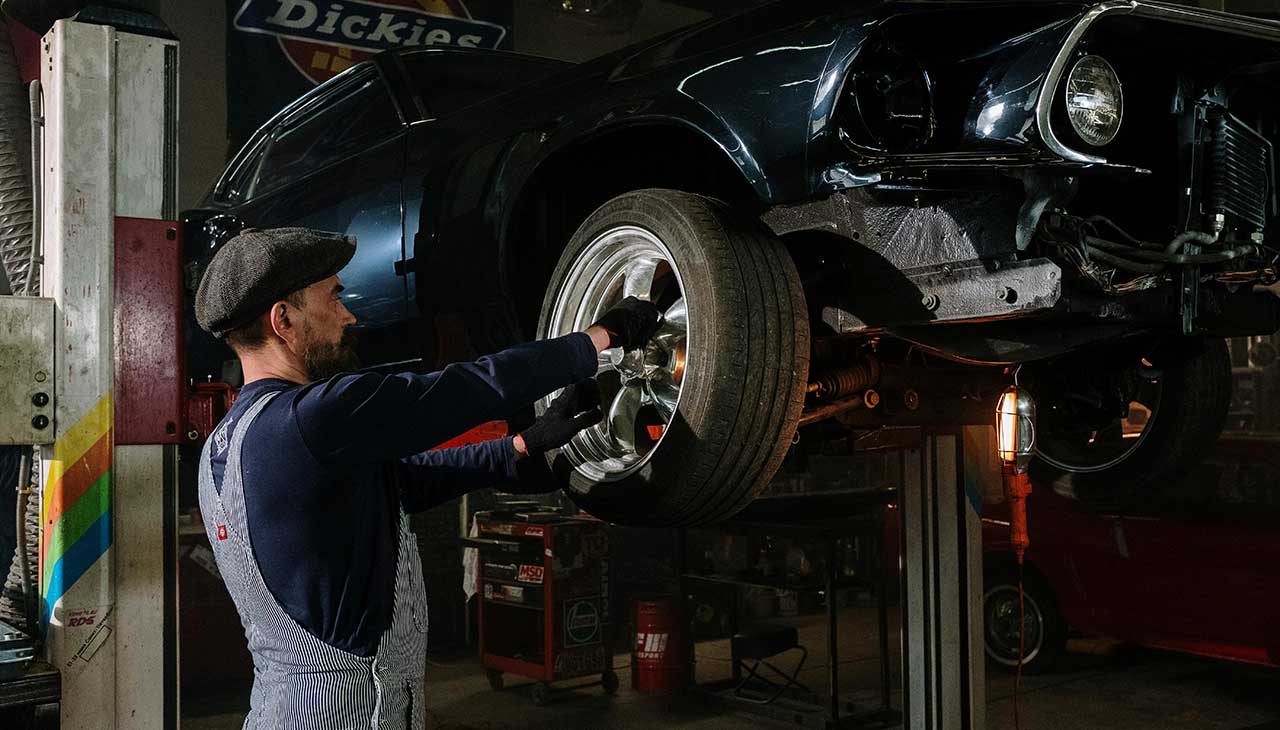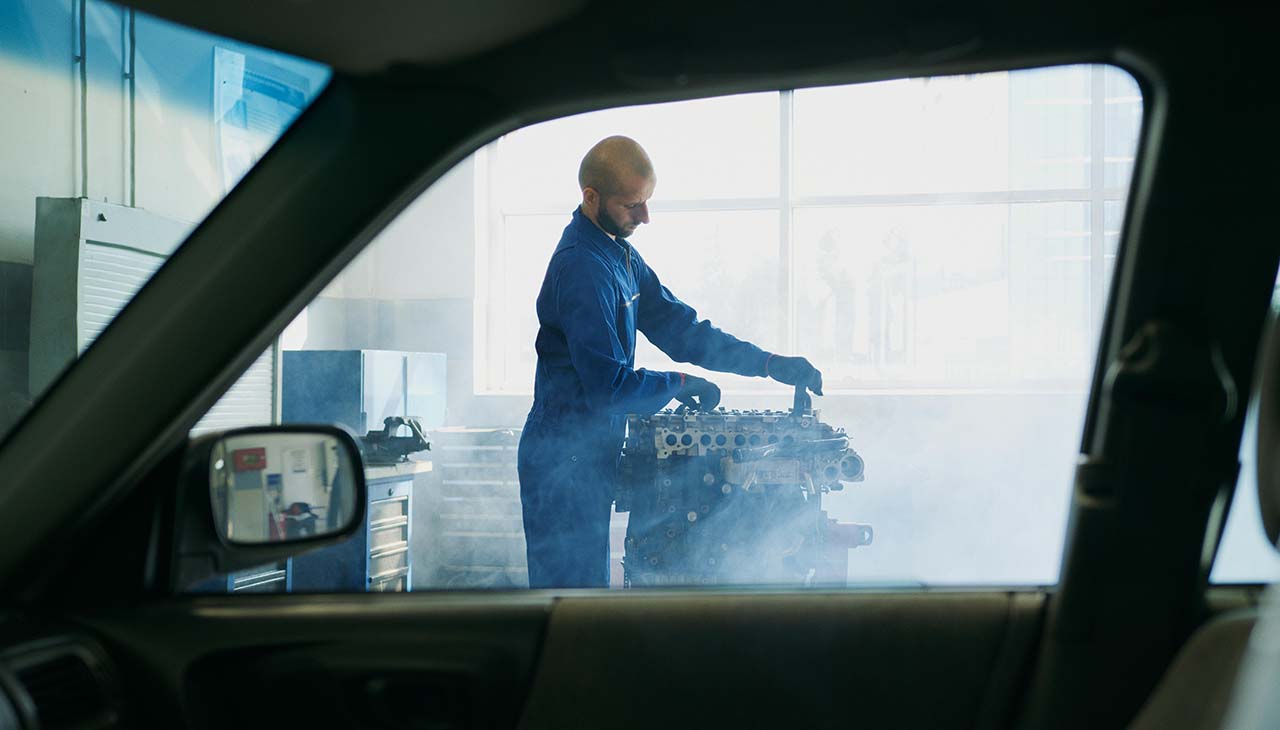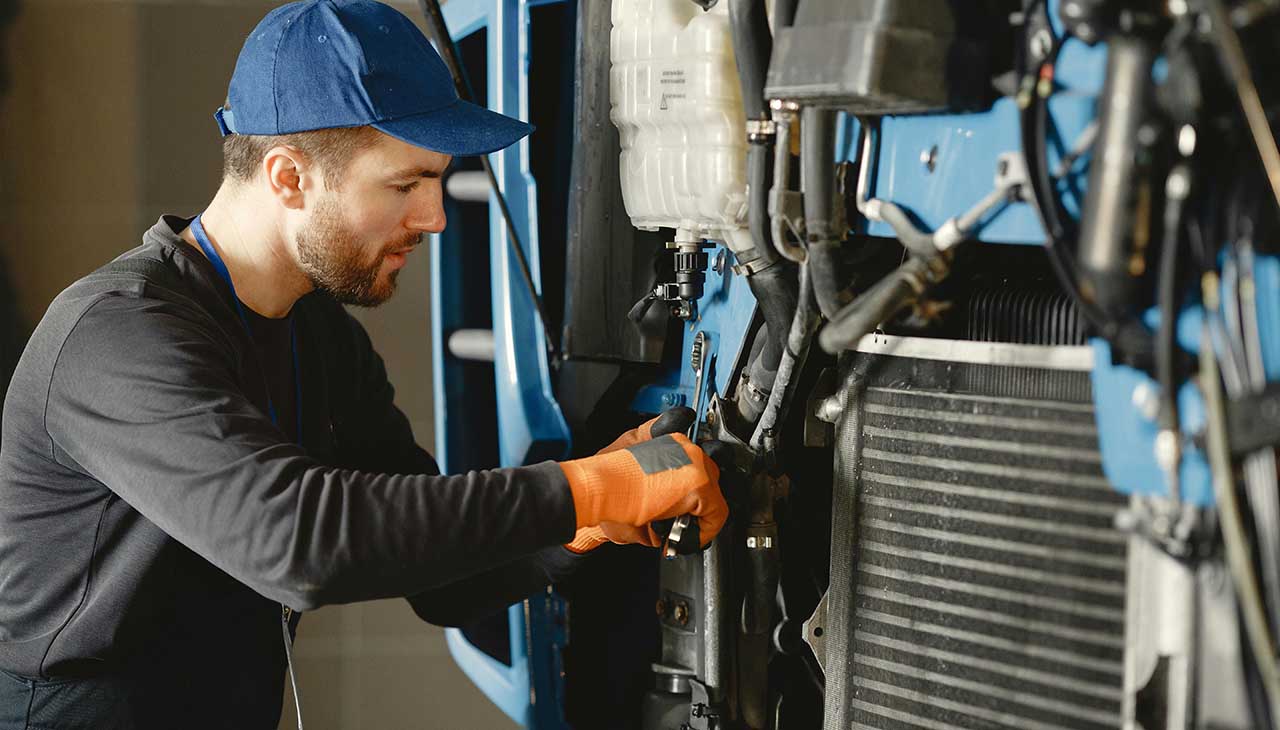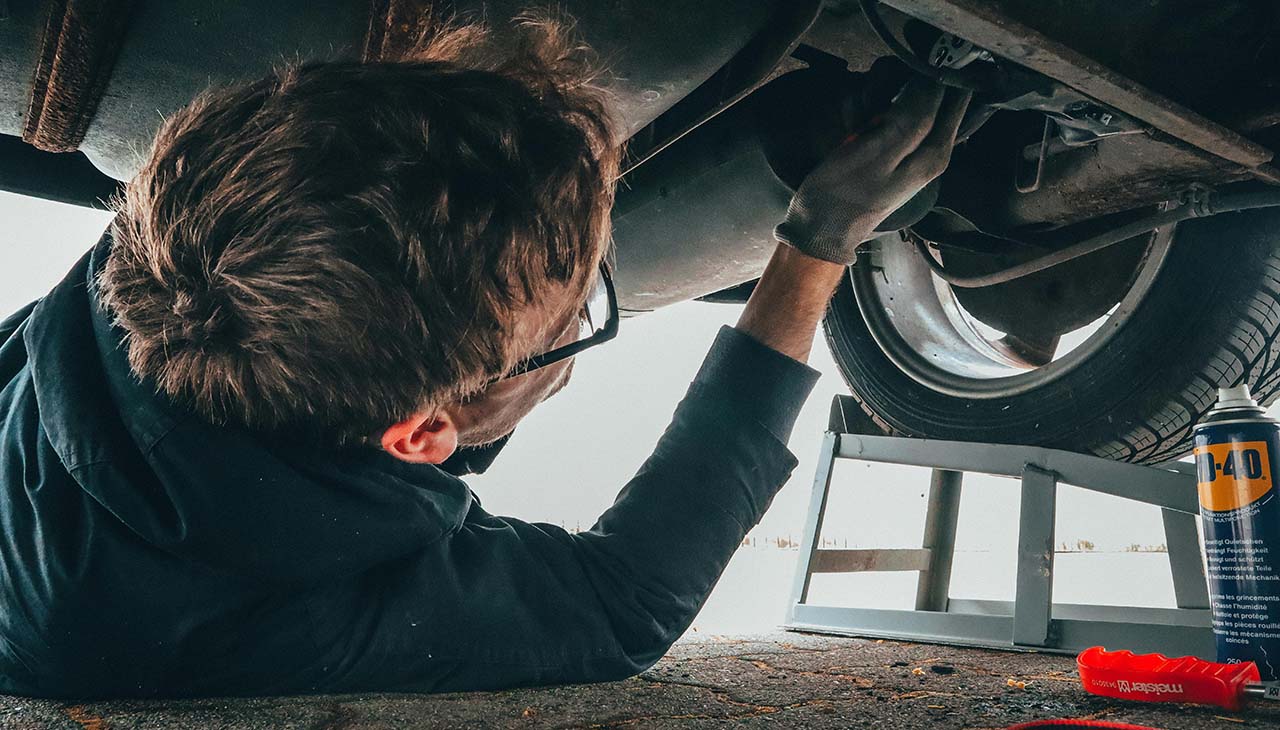Introduction to the Evolution of Collision Repair
In the past century, the automotive repair industry has been transformed by technological advances. The early days of collision repair involved little more than hammering out dents and applying fresh paint. However, as vehicle designs and materials have evolved, so too have the techniques and tools used by automotive technicians. Today’s modern body shops are equipped with advanced materials and cutting-edge tools that enable technicians to restore vehicles to their original condition with unparalleled precision and efficiency. This blog post explores the latest innovations in collision repair, from the materials used to the tools that make it all possible.
Advanced Materials Used in Collision Repair
Carbon Fiber
Carbon fiber has become a popular material in the automotive industry due to its lightweight and high-strength properties. Unlike traditional metals, carbon fiber can be molded into complex shapes without losing structural integrity, making it ideal for high-performance vehicles. Its use in collision repair is equally transformative. Carbon fiber components require specialized repair techniques, but the benefits are clear: enhanced vehicle performance, better fuel efficiency, and reduced overall weight.
Aluminum
Aluminum is another material that has gained prominence in modern vehicle manufacturing. Unlike steel, aluminum is corrosion-resistant and lighter, which contributes to better fuel economy and handling. However, repairing aluminum requires different methods compared to steel. Body shops must be equipped with tools specifically designed for aluminum panel repair, such as dedicated workspaces to prevent cross-contamination with steel, and specialized welding and riveting tools.
Advanced Plastics
Modern vehicles increasingly incorporate advanced plastics for components like bumpers, interior panels, and even structural elements. These plastics offer flexibility and durability, but repairing them demands a different set of skills and tools. Techniques such as plastic welding and the use of adhesives are essential for seamless repairs. The advantage of advanced plastics lies in their ability to absorb impact, reducing damage to other parts of the vehicle and improving overall safety.
Cutting-Edge Tools for Precision Repair
3D Measuring Systems
Accurate measurements are crucial in collision repair to ensure that repairs align with the original specifications of the vehicle. 3D measuring systems have revolutionized this aspect of the process. These systems use laser technology to create a detailed 3D model of the damaged area, allowing technicians to assess the extent of the damage accurately and develop a precise repair plan. This leads to better alignment, improved structural integrity, and a faster repair process.
Electric Welders
Welding is a fundamental part of collision repair, but traditional welding methods can be cumbersome and imprecise. Electric welders, particularly those designed for aluminum and high-strength steel, offer greater control and accuracy. These advanced welders allow technicians to make clean, strong welds that restore the vehicle’s structural integrity without compromising safety or aesthetics. Additionally, spot welders designed for specific materials help avoid the warping and weakening that can occur with traditional welding methods.
Adhesive Technologies
The use of adhesives in collision repair has grown significantly, particularly for bonding dissimilar materials. Modern adhesives offer high strength and flexibility, making them ideal for repairs involving advanced plastics, aluminum, and even carbon fiber. The application of these adhesives requires precise tools and techniques to ensure optimal bond strength and durability.
The Future of Collision Repair
Emerging Technologies
The collision repair industry is on the cusp of even more exciting advancements. One such innovation is self-healing paint. This technology involves a clear coat with microcapsules that release a healing agent when scratched, effectively “self-healing” minor damages and maintaining the vehicle’s appearance with minimal intervention. Other emerging technologies include smart materials that can change properties in response to external stimuli, such as temperature or pressure, offering potential for even more resilient and adaptable vehicle components.
The Role of AI in Repair Processes
Artificial Intelligence (AI) is poised to play a significant role in the future of collision repair. AI-powered diagnostic tools can quickly assess damage and recommend the most effective repair strategies. Machine learning algorithms can analyze vast amounts of data from previous repairs to predict outcomes and improve techniques. Additionally, AI can assist in inventory management, ensuring that the right materials and parts are available when needed, reducing downtime and improving efficiency.
Case Studies and Best Practices
Real-World Examples
- ABC Automotive: This body shop integrated 3D measuring systems and electric welders into their workflow, resulting in a 30% reduction in repair times and a significant increase in customer satisfaction. By accurately diagnosing and repairing damages, they achieved near-perfect alignment and structural integrity on every job.
- XYZ Collision Center: XYZ adopted advanced adhesives and specialized tools for repairing aluminum panels. As a result, they reduced the incidence of corrosion and improved the overall quality of their repairs, leading to a higher retention rate among customers with high-end vehicles.
- Innovative Auto Repairs: By incorporating AI-powered diagnostic tools, Innovative Auto Repairs streamlined their assessment process, cut down on diagnostic errors, and enhanced their decision-making capabilities. This led to faster turnaround times and higher-quality repairs.
Best Practices
- Continuous Training: Keeping up with the latest materials and tools requires ongoing education and training for technicians. Regular workshops and certifications ensure that staff are proficient in using new technologies and techniques.
- Investment in Technology: While advanced tools and materials require significant upfront investment, the long-term benefits in terms of efficiency, accuracy, and customer satisfaction make it worthwhile.
- Customer Communication: Educating customers about the benefits of advanced materials and tools can enhance their appreciation of the repair process and build trust. Providing detailed explanations and transparency regarding the repair methods used can lead to higher satisfaction and loyalty.
Conclusion
The collision repair industry has come a long way from the days of simple dent removal and paint jobs. The integration of advanced materials and cutting-edge tools has transformed the field, enabling technicians to perform precise, efficient, and high-quality repairs. For automotive technicians, body shop owners, and car enthusiasts, staying updated with these innovations is not just about competitive advantage; it’s about pushing the boundaries of what’s possible in vehicle repair.
By embracing these advancements and continually investing in knowledge and technology, the collision repair community can ensure that they are prepared for the challenges and opportunities of the future. Whether it’s through the use of carbon fiber, aluminum, advanced plastics, 3D measuring systems, electric welders, or AI-powered diagnostics, the future of collision repair is bright, and the journey has only just begun.
Stay ahead of the curve and elevate your repair game by exploring the latest in advanced materials and tools. Your commitment to excellence will not only improve the quality of your work but also solidify your reputation as a leader in the ever-evolving world of collision repair.



